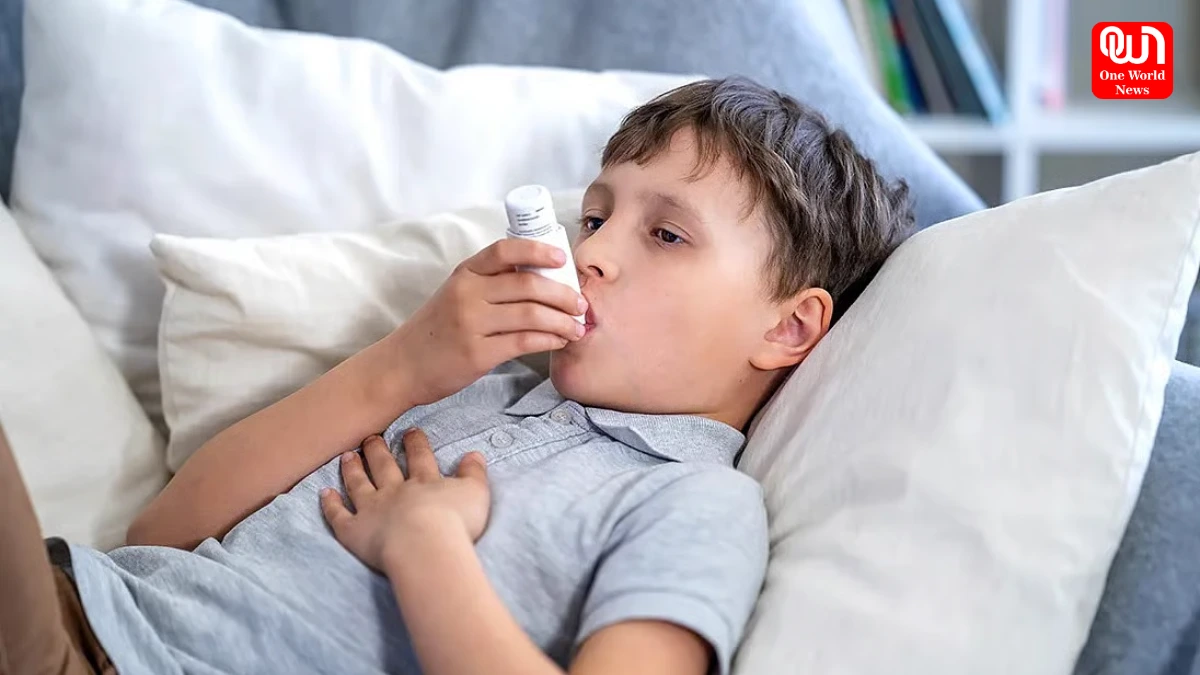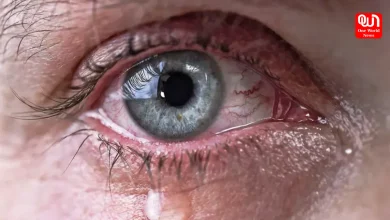Practical Advice for Preventing and Managing the Growing Number of Childhood Asthma Cases in Cities
From Pollution to Prevention: What Parents, Schools, and Communities Must Do to Combat Childhood Asthma
Understanding the Urban Triggers Behind Childhood Asthma and How Families Can Take Action
Childhood asthma is becoming increasingly common, particularly in cities, where children are being diagnosed at a very young age. They are having trouble breathing when they should be playing with their friends. Their everyday lives are disrupted by frequent wheezing, dyspnea (shortness of breath), and occasionally insomnia. These symptoms not only affect their physical health but also interfere with their ability to fully participate in class, impacting their academic performance and overall development.
According to recent studies 7–9% of children in India have asthma overall with a higher prevalence in urban areas. About 16–67% of urban children in some large cities such as Mumbai suffer from asthma. This is over twice the average for the country. Additionally allergies are increasing. According to a different survey between 15 and 20 percent of kids in cities have allergies such as rhinitis eczema and food allergies.
Important Factors Contributing to the Rise in Childhood Asthma
Children’s asthma rates are rising as a result of a number of interrelated factors including widespread air pollution and indoor allergies. The groundwork for future respiratory issues in adulthood is also laid by pollution exposure during childhood.
Children’s asthma and allergies are on the rise due to a number of interrelated factors. The most important of these is air pollution. Particulate matter particularly PM2. 5 from industrial construction and traffic emissions enters the lungs deeply causing inflammation of the airways and exacerbating asthma symptoms. Additionally common indoor allergens like mold pet dander dust mites and cockroach droppings are involved. In addition to limiting sleep, chronic symptoms can lower childrens quality of life in general. Additionally social isolation, stress and anxiety can result from the psychological toll of managing a chronic illness.
The negative effects of pollution during childhood don’t go away. Lifelong issues like asthma, chronic bronchitis and other respiratory disorders may arise from it. In addition to making infections like pneumonia easier to contract, more fragile lungs can also cause premature lung aging. According to the WHO air pollution causes roughly 2 million preventable deaths every year many of which start with early exposure in childhood.
Read More : When You’re too Busy to Sit Down Indulge in High Protein Lunches
How can Parents Treat Asthma in their Kids?
Keeping Up an Asthma Action Plan
- With your specialists help draft a detailed written plan that explains the medication schedule aggravating factors and what to do in the event of an asthma attack.
- Communicate this to all of the adults in the child’s immediate family including teachers, tutors and athletic academies.
- To guarantee that the child receives prompt and efficient care in an emergency, keep reviewing the plan and making adjustments after speaking with your specialist if needed.
Routine examinations at the clinic and at home
- Every morning have your child blow into a peak-flow meter and record the reading. A sharp decline typically occurs a day or two prior to the onset of coughing or wheezing allowing you to start rescue medication sooner.
- FeNO (fee-NO) a 10-second breath test may be performed by doctors. It gauges the concentration of nitric oxide gas, a sign of airway swelling in exhaled air. Low values indicate that the lungs are in a state of calm while high values indicate inflammation that requires more intensive care.
Take the Drug as Prescribed Every Day
- Use the controller inhalers that maintain calm airways every day even if your child is feeling well.
- Sudden flare-ups are most often caused by missed doses. To track how many doses your child has taken, make a log and use phone reminders.
- To make sure that the technique is correct, record a brief video of the child using the inhaler and send it to the physician.
Master the Triggers
- Pet hair and dust mite particles are most frequently found in beds which exacerbates symptoms while you sleep.
- Use mite-proof covers for pillows and mattresses and wash bedding in hot water.
- Because pet dander can irritate airways, keep pets outside of bedrooms or away from bedding if your child has asthma.
Read More : From Yoghurt to Watermelon and Kiwis 8 Foods can Reduce the Risk of Colon Cancer
What Schools Can Do?
The majority of the day is spent in school by kids. For this reason schools must also be adequately equipped to handle asthma and allergies. Some asthma triggers can be controlled in schools to keep kids safe.
In order to identify susceptible children early and avoid major complications schools can incorporate routine respiratory and allergy screening programs. Another important factor in lowering allergies and asthma is keeping areas tidy, well-ventilated and pest-free. Last but not least promoting healthy behaviors like outdoor play and a balanced diet helps children’s immune systems grow making them more resilient to allergies and asthma.
We’re now on WhatsApp. Click to join.
Like this post?
Register at One World News to never miss out on videos, celeb interviews, and best reads.








